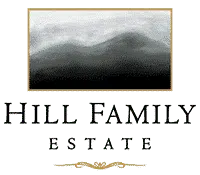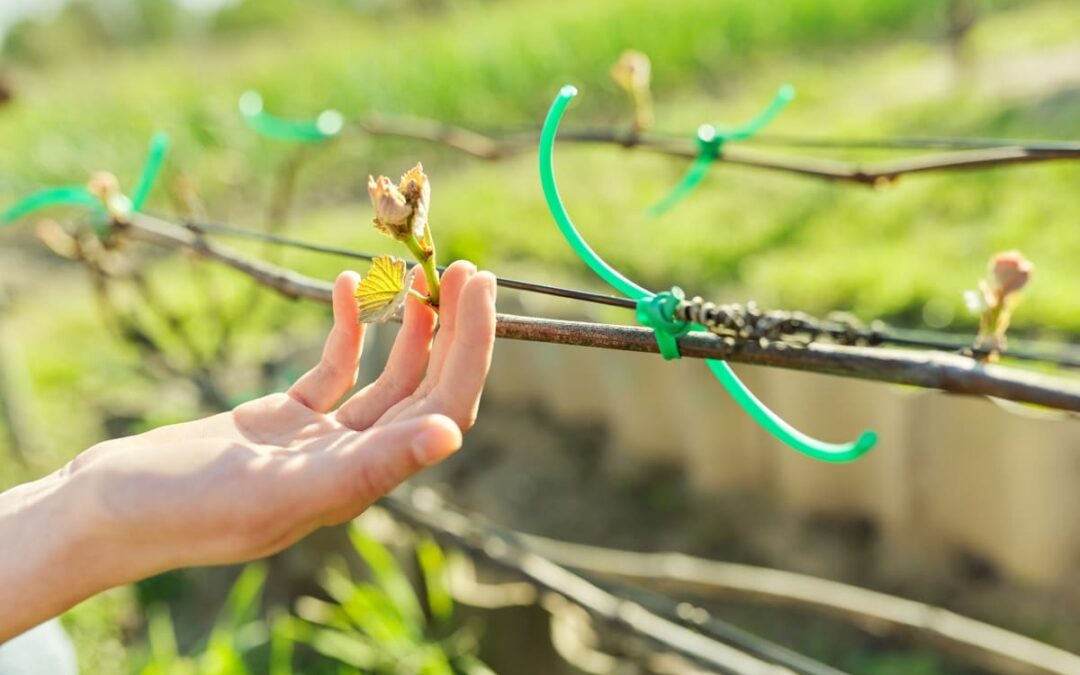Spring has sprung! Well, perhaps we should say that here in the Napa Valley, spring is springing. We seem to have a long spring. The first blossoms of spring tend to pop up in late January or early February, with the Magnolia x soulangeana trees (sometimes called “Tulip Trees” in California, they are different than the Liliodendron, also known as Tulip Tree in other parts of the country. In truth, neither are tulips, both are in the Magnolia family, and this is why common names of plants can be rather confusing). By the end of February our orchards, fields, and flowerbeds offer a profusion of color, from the splendor of the almond and plum trees to the delicate explosion of blossoms on the crabapples, all dancing in the skies above fresias, crocus, and daffodils below. And, never mind the mustard. All the mustard. All the beautiful mustard.
These visually stunning flowers are all well and good, but we have a different concern.
The vineyard
The flowers we tend to focus on are not very stunning, but they produce the King of all Fruit, the noble grape, and these flowers will have to wait a bit, because the harbinger of spring in the vineyard is bud break. If you were fortunate enough to visit us here in the Yountville tasting room in the last few months, you saw the vines resting in their winter slumber. The dormant vines are woody, the fruit harvested in the early autumn and the leaves dropped shortly thereafter.
Without leaves, the plant does not produce carbohydrates, but relies on stores of those precious compounds in its woody material. As the air heats up, and the sunlight’s brilliance returns, the biochemical signals are sent to the dormant buds to start growing. Peeking out of the woody vines, the tender new growth, delicate and bright green, optimistically seeks out a future, hoping to cast its leaves, flowers, and, ultimately, fruit to the world, in its biological quest to reproduce.
We call this initial greening of the vine “bud break” and it is an exciting time for us, as it signals the beginning of the new growing season. Right now, however, our optimism is a little mitigated by the fact that the new growth is at its most fragile. A late frost could decimate the year’s harvest. The vines no longer have the protection of their dormancy, but are fully exposed to the whims of nature. We have tricks to safeguard this tender growth, like the fans in the vineyards that disrupt the formation of frost. So, even as our vines are at their most vulnerable, we remain optimistic, focusing on the excitement of the growing season and the ultimate reward of another great Napa Valley harvest!

